In a previous article, we looked at Seeds To Start In January, and looked at some ideas for early sowings in winter. In this companion article, we’re building on that list with a some awesome seeds to start in February.
Like the January selection, we’re looking for winter planting ideas that will help to make the most of your growing season this year – getting a head start on flowers, crops and other plants for your home and garden.
By February, we’re usually starting to notice the increased light levels and perhaps even beginning to enjoy some early spring flowers – such as Snowdrops or Irises. This always gives me a great sense of well-being and encouragement, knowing that spring is just around the corner.
If you’re like me and starting to think about plans for the garden by February, then why not try some of the following ideas and get a kick-start on your planting this year.
Marigolds
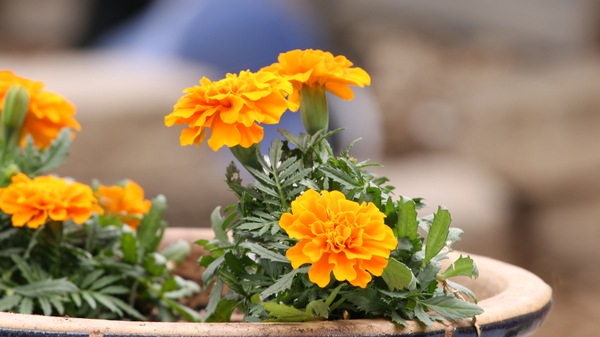
Marigolds come in various sizes, shapes and colours, but usually in hues of golden, warm yellows and oranges – as the name might suggest. Besides being easy-to-grow, cheerful little flowers, they also attract many beneficial visitors, such as bees, butterflies, ladybirds and other insects. They’re also known as a great ‘companion plant’ for many vegetable varieties as, besides attracting useful pollinators, they can also deter certain pests that might otherwise cause problems.
Cosmos
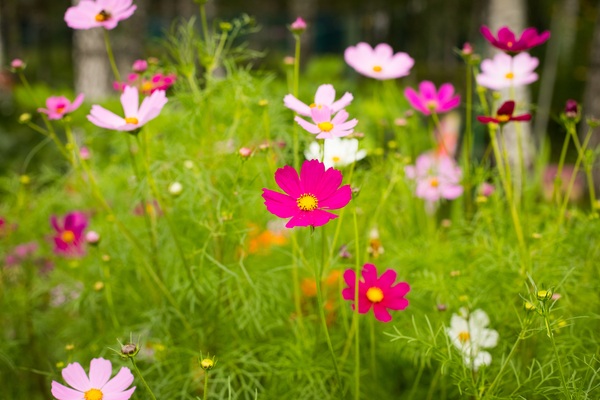
These are striking, tall flowers that are easy to grow and available in a wide variety of colours. The elegant vibrant flowers will gently dance in the breeze on top of delicate fern-like foliage and they’re great for borders or containers and also as cut flowers. What’s not to like?! And with such a choice of shapes and colours, the only question is really which variety will you grow?
Lavender
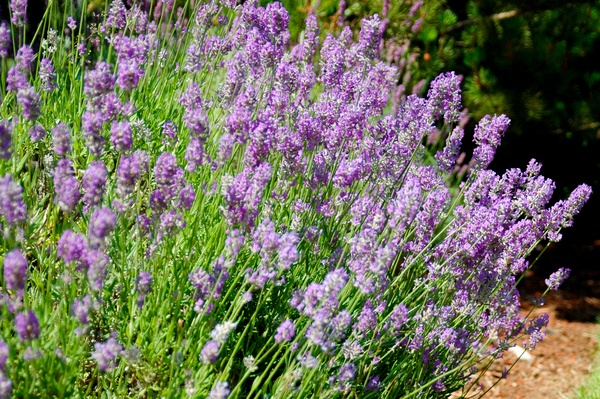
I absolutely love lavender. It’s hardy, it’s tough, it’s drought tolerant and in most cases, doesn’t mind poor soils. It can take the heat of the full sun all summer long and then still survive the coldest winters. Meanwhile, its delicate purple flowers are reliable year after year, along with the heady scent that can be enjoyed every time you brush past it through the long summer days. It’s also great for pollinators – the bees can’t get enough of it and it can actually be harvested and used for all kinds of things. Lavender oil is often used for it’s relaxing, therapeutic qualities and studies have even shown that it has potential benefits for skin treatment, blood pressure, asthma and even hair growth.
Parsnips
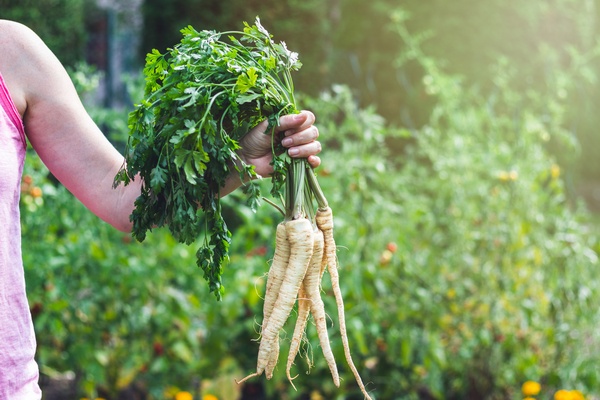
These tasty, nutritious root vegetables are fairly easy to grow and can be used in many ways. Start them early and you could be enjoying a harvest by the autumn. They taste great roasted in the oven (especially with a honey glaze), or try using them in curries or soups. Parsnips generally store well and can also be blanched and then frozen, ready for use later on.
Tomatoes (for greenhouse / cold frame)
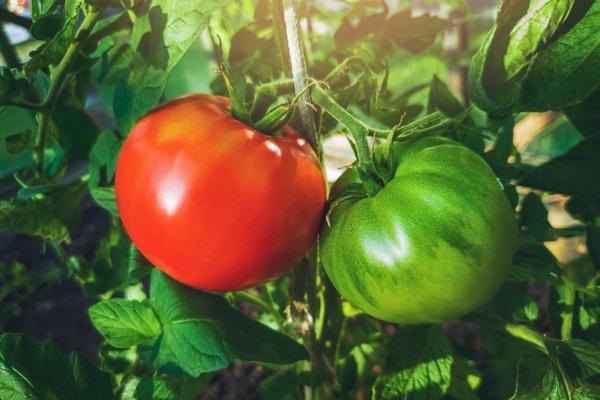
So, quick disclosure…yes you can grow tomatoes from February, but only if you have somewhere light and undercover to grow them on, once seedlings get established. If you’re planning on growing outdoor varieties of tomato, then you certainly can, but it’s probably best to wait until a little later to start them off, so that they can be planted out when things have warmed up a bit. Otherwise, there are many varieties that you can start in February for an extended growing season. I think this is particularly useful with things like tomatoes, as I’ve often found myself waiting all summer for them to really get going. It seems a shame to wait until late August for any fruits – just as the summer is coming to an end. By starting seeds earlier, you have a much better chance of some earlier crops.
Cucumbers
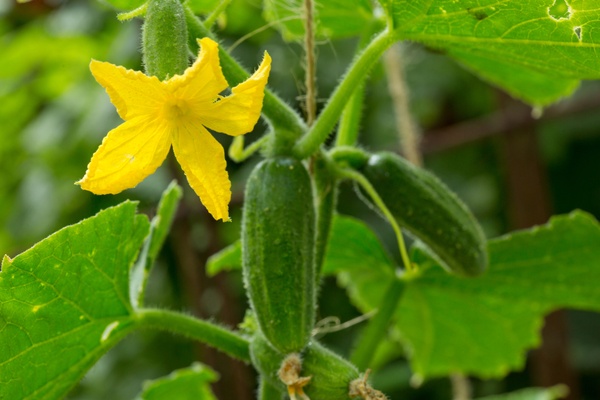
Like tomatoes, I’m always keen to get cucumbers going as early as possible to make the most of the short cropping season. I never realised how different home-grown cucumbers would be from those found in the supermarket. They’re so much crunchier and flavoursome compared to the slightly soggy and bland shop-bought ones. My kids eat them like apples during the summer months and there are many good outdoor varieties available now. However, they will need protection from the very cold weather so will be best grown on under cover before planting out in the garden – from around May onwards.
Herbs
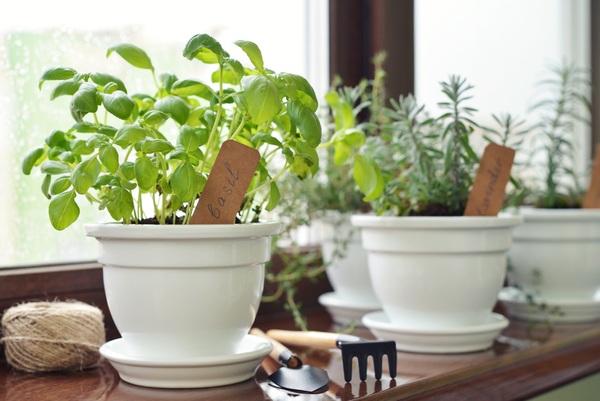
While February isn’t the best time to start off all herbs from seed, there are many that are worth trying. Mint is a good option and a useful plant for using in cooking and sauces. You could also be starting off some Basil in February – a very popular, aromatic herb that goes very well with tomato dishes and many staple Italian recipes. Parsley is another good herb to start off in February and also Sage, which is used widely to compliment meat and fish dishes. You can keep sowing successively for an ongoing supply and most herbs can also be stored in the freezer to be used when you need them.
Final thoughts
February may still seem a little dark, cold and generally inhospitable to be growing plants, but it’s amazing how much the light levels start to change from March onwards. The graph below shows average daily sun hours in the UK over the last few years.

Find more statistics at Statista
Consider that some seeds could take between 2 – 4 weeks to germinate and then comfortably spend their first week or two by a window or under a grow light. By the time your little seedlings are just a few weeks old, the daily sun hours could have easily doubled from the time of planting.
Therefore, it really can be very advantageous to get growing early and start the spring with a range of young plants on the go. There are a few things you can do to improve your results with early sowings – such as using propagators and grow lamps to give young seedlings the right conditions. Using the right compost can also help and it’s usually best to start off with a very fine soil with plenty of drainage. It’s also wise to water your seedlings carefully to avoid mould / damping off, which can easily spoil things.
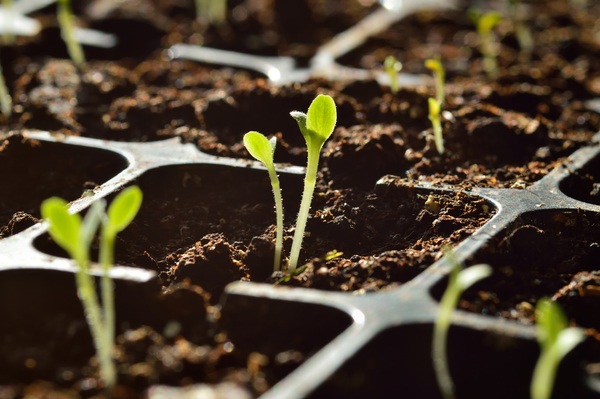
I hope you’ll be inspired to get growing early and enjoy some home-grown successes later in the year. Let us know what you’re growing in the comments below and how you get on. Happy growing!
